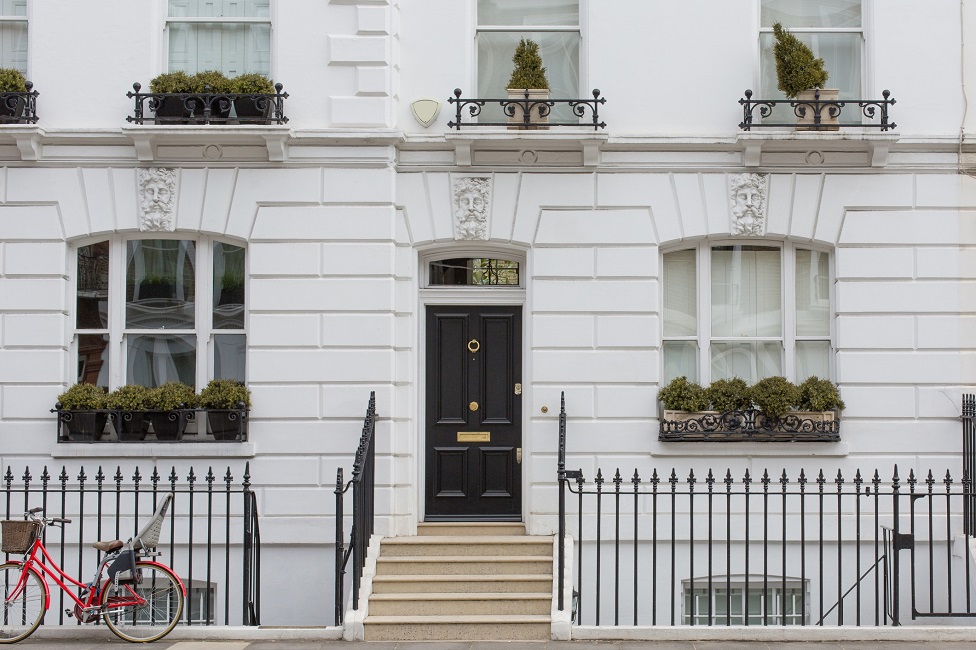The property picture in Prime Central London
As prices have adjusted to a series of tax changes in recent years, there are clear indications that trading activity in prime central London property has stabilised.
3 minutes to read
After a peak in mid-2015, property prices in prime central London had fallen 9% by July this year; a decline that more than compensated for any rise in stamp duty rates.
Political uncertainty, primarily in the shape of Brexit, means buyers remain price sensitive and transaction volumes are not yet in recovery mode. In the year to July, LonRes data shows that there were 5% fewer transactions than in the previous 12-month period.
Yet there are signs that demand is strengthening – and, as political uncertainty reduces, this is expected to continue.
The number of prospective buyers in prime central London was 31% higher in June than the same month last year. Furthermore, 31% fewer properties were withdrawn from sale in prime outer London in the year to June.
Since properties are often withdrawn because buyers will not meet the asking price, this decline suggests that asking prices now more closely reflect buyer expectations.
"Strong demand from overseas buyers continues, including those from the United Arab Emirates (UAE). This is, in part, due to the relative weakness of Sterling since the Brexit vote, but is also a reflection of the enduring appeal of London as a place to live and be educated in."
In the highest price brackets, underlying demand remains robust. In June 2018, the total value of £10 million-plus sales in London amounted to the highest monthly total since December 2014 at £407 million.

Kensington and South Kensington have proven to be the most popular central London destinations amongst UAE buyers in 2018.
Strong demand from overseas buyers continues, including those from the United Arab Emirates (UAE). This is, in part, due to the relative weakness of Sterling since the Brexit vote, but is also a reflection of the enduring appeal of London as a place to live and be educated in.
Buyers from the UAE have remained within the ten largest groups of overseas buyers of Prime Central London property in recent years.
Their expenditure is also rising; in the two years to June 2018, the average figure for a property purchase was £3.2million, higher than the £2.06 million recorded in the preceding two years.
There is also positive news for landlords. Following a more restricted supply, annual rental value growth (+0.8%) returned to prime central London in June this year.
A series of tax changes affecting landlords has prompted more property owners to attempt a sale in recent months. As a result, there were 16% fewer lettings listed in prime central London in the year to June 2018 than the previous 12-month period.
Tenant demand also remains strong. In the year to June 2018, Knight Frank agreed 7% more lets in London than in the previous 12 months.
Financial services continue to be an important driver of demand for the lettings and sales market. There has been little evidence to suggest that Brexit will materially affect London’s dominance as a global financial centre.
Indeed, a series of high-profile commercial lettings deals since the Brexit vote, including those signed by banks and global tech companies, is a positive sign for the residential property market and underlines London’s enduring appeal.
If you’d like to find out more about the property market in central London, please contact Tom Bill, Head of London Residential Research.
If you are looking to buy in central London, please contact Rupert des Forges, Head of Prime Central London Developments.